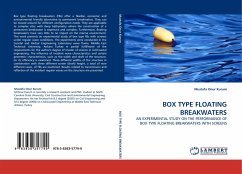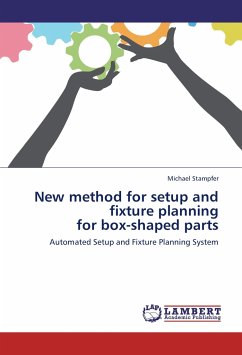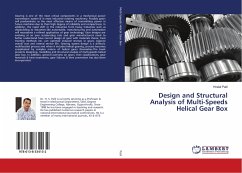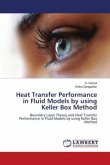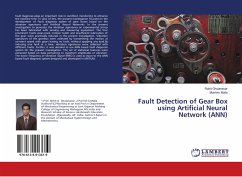Physiological deconditioning is a critical problem in space, especially during long-term missions. Resistance exercise coupled with lower body negative pressure (LBNP) has been shown to be effective in counteracting some of the deconditioning related problems. This paper describes the development of a compact and effective resistance exercise machine that works within an existing environmentally controlled LBNP Box and is designed to simulate both exercise and sitting, to decrease microgravity-induced deconditioning by simulating physiological and biomechanical features of upright exercise and daily activities. Theoretical calculations are carried out to determine whether kinematics, musculoskeletal loadings, and metabolic rate during supine exercise within the existing LBNP Box are similar to those of an upright posture in Earth gravity (1G). The results suggest that this machine can be used to collect and establish a database under both terrestrial conditions and microgravity environments such as the International Space Station to enhance medical researchers' understanding of how LBNP paired with exercise impacts osteoporosis, orthostatic intolerance and cardiovascular health.

